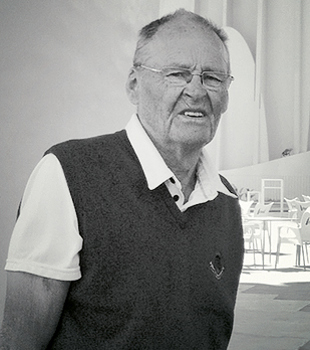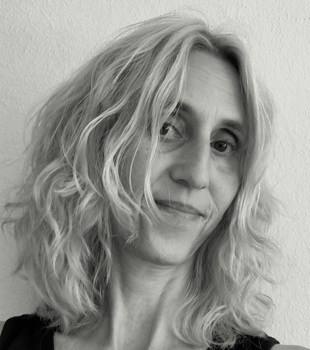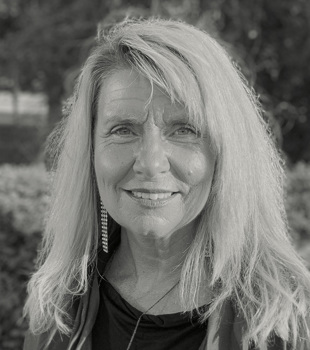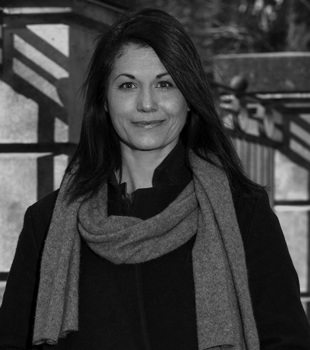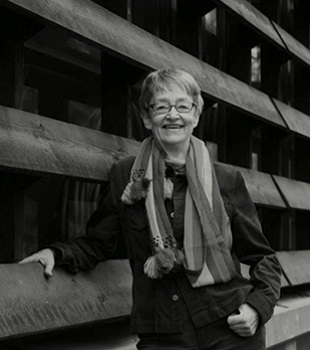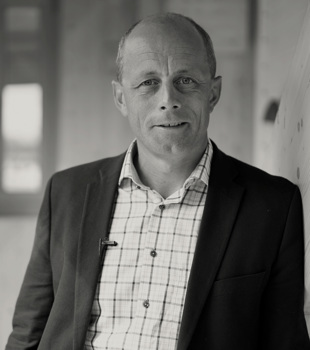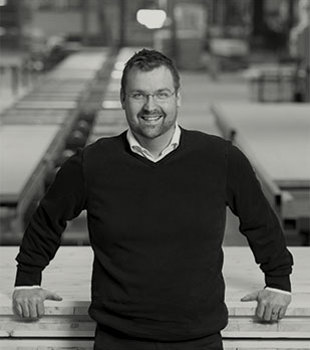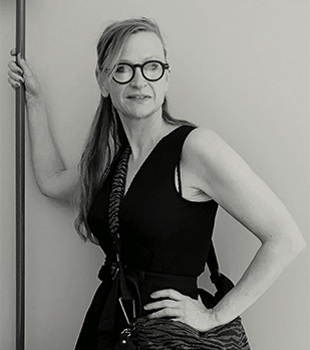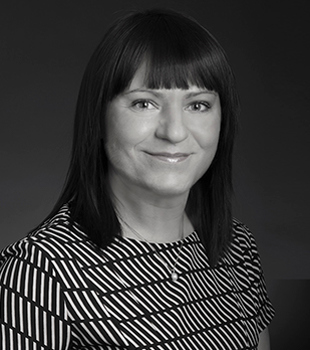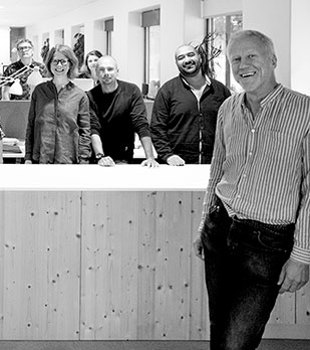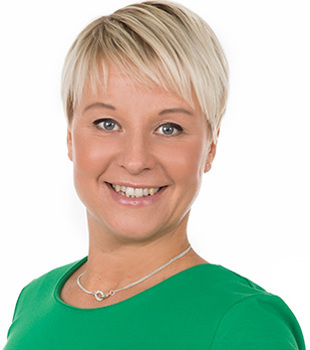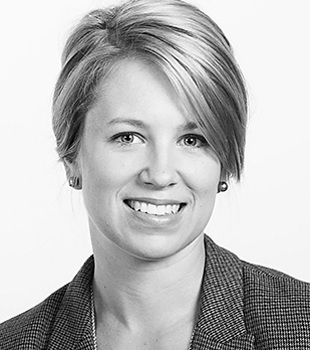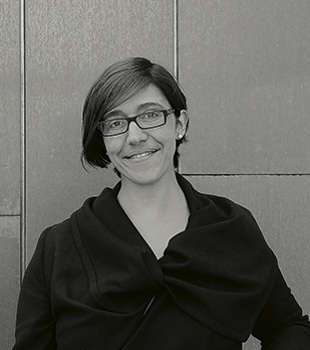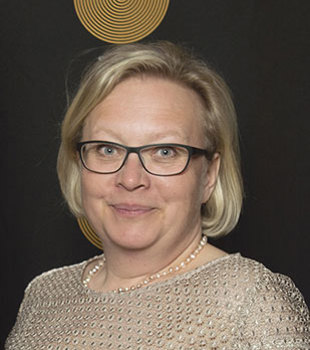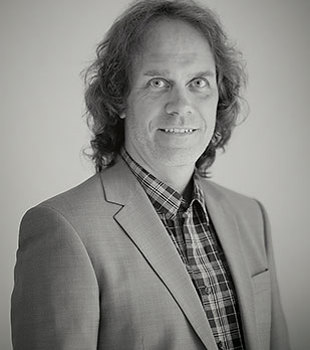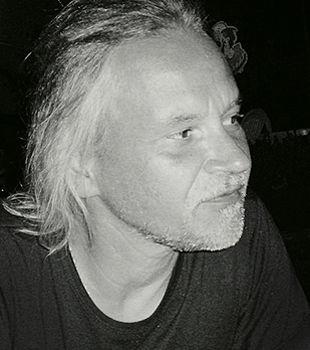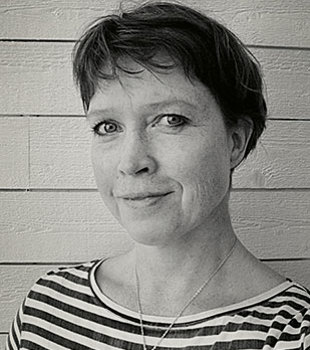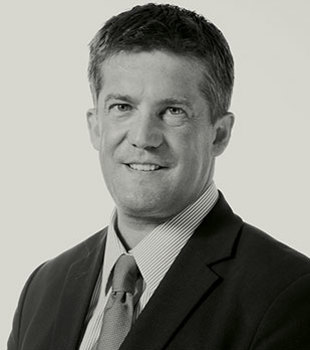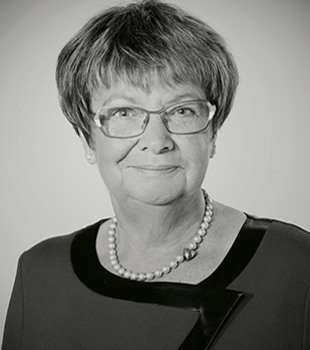STOCKHOLM When I held a lecture in Norway, I talked about the choice of wood species for different types of buildings and applications. How spruce was a good construction material and pine was good for joinery. How spruce is the same along the whole cross-section and how pine is actually two woods in one log. Pine heartwood doesn’t absorb water and is impregnated with resins that provide a certain amount of resistance. The heartwood of pine, like the whole cross-section of spruce, cannot be impregnated. Pine sapwood, on the other hand, is excellent for impregnation.
These simple facts make spruce a great wood for facades. Pine would also work, if you could get boards made only from heartwood, with no sapwood. In the Q&A session after the lecture, an old Norwegian wood guru commented: “You need good old pine on facades.” This belief caused many Norwegian builders to choose the wrong facade cladding. Another problem is equating porosity with permeability. Porosity states how much of a volume is made up of air, with the rest being compact wood material. Balsa is highly porous, being more than 90 percent air. However, balsa is not permeable, i.e. the wood does not let through either air or water. If balsa wood let in water, the Kontiki would never have stayed afloat long enough to cross the Pacific Ocean. Spruce also doesn’t let in water and the wood can’t be impregnated all the way through. Against this background, the following statement in a building survey is questionable:
“According to the builder, the facade is spruce. Spruce is a relatively porous wood, which makes it sensitive to moisture. It is hard to know how this facade will react to our climate. This wood is certainly an unusual facade material to choose at this time.”
In the Swedish reference works AMA Hus and Träguiden, spruce is the only species recommended for wooden facades. Let us hope that decree has not had any serious consequences. Beliefs about wood can lead to mistakes. Knowledge is a safer basis to work on.
P.S. Woods are sometimes divided into “hardwood” and “softwood”. What is meant here is deciduous trees and conifers. Unfortunately the terms can be taken literally to mean a “hard wood” and a “soft wood”, both of which are wrong. After all, balsa is a deciduous species, making it a hardwood but very much not a hard wood.

